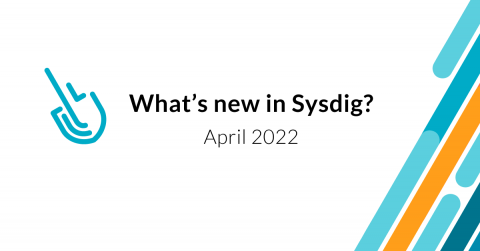E-commerce Website Security: 5 Threats & Security Solutions
E-commerce companies are among the businesses most at risk for cyberattacks. High-dollar customer purchases combined with easy-to-hack, JavaScript-based websites are a threat actor’s dream come true. Building a solid e-commerce program means taking some time to understand e-commerce website security, including threats and protective measures.










